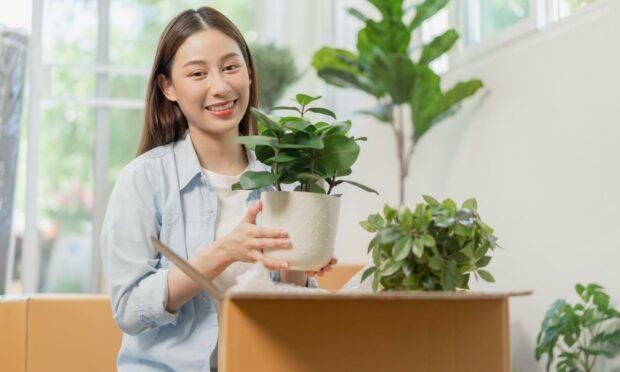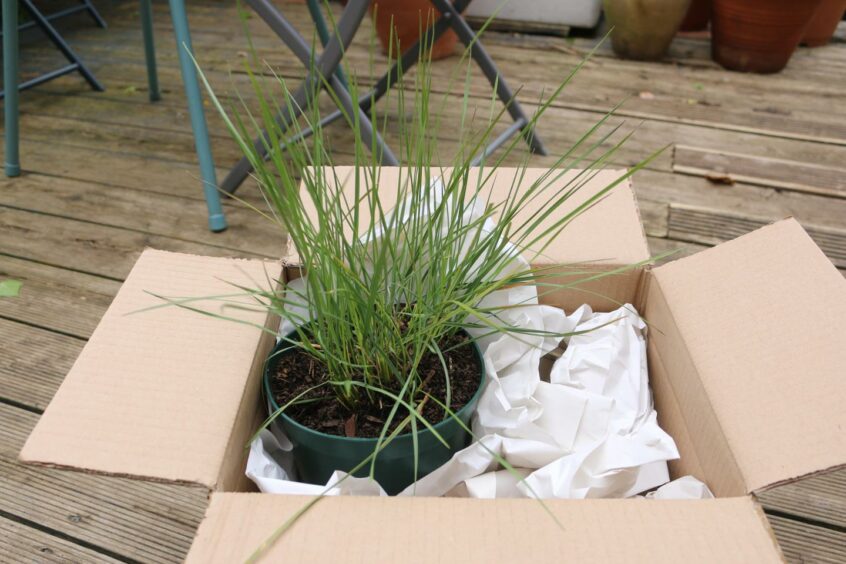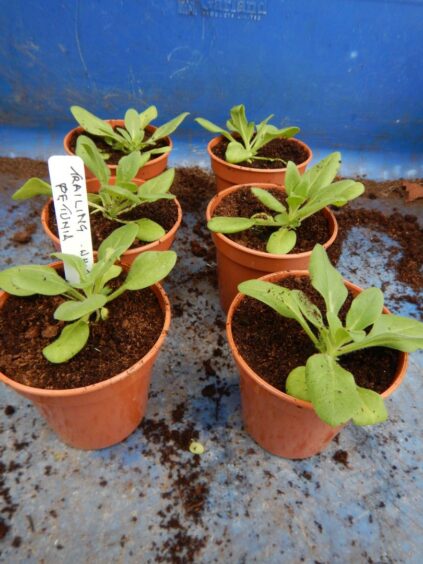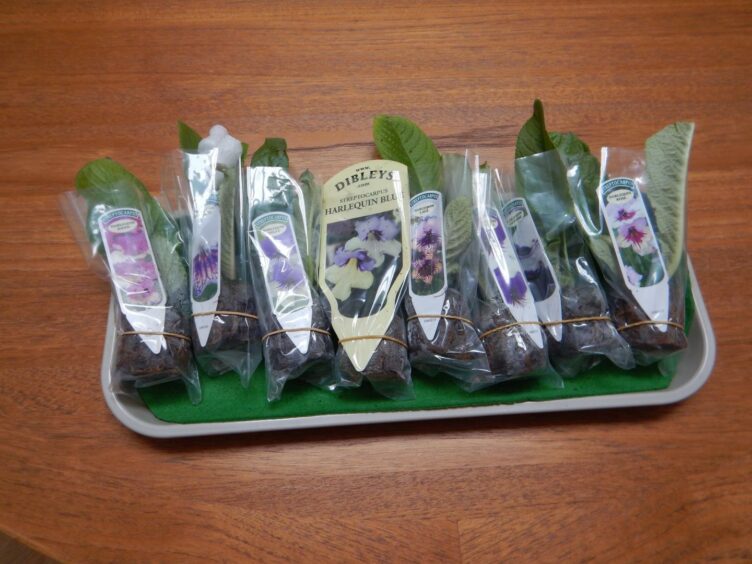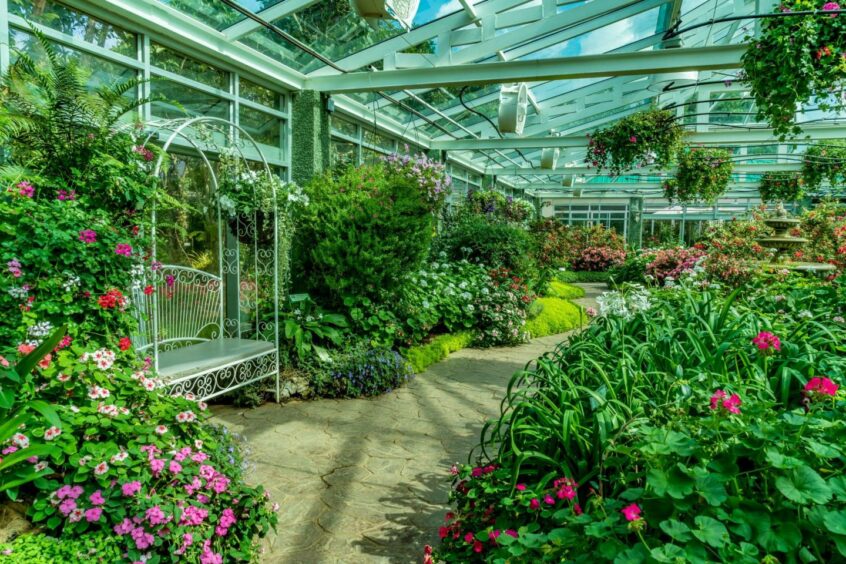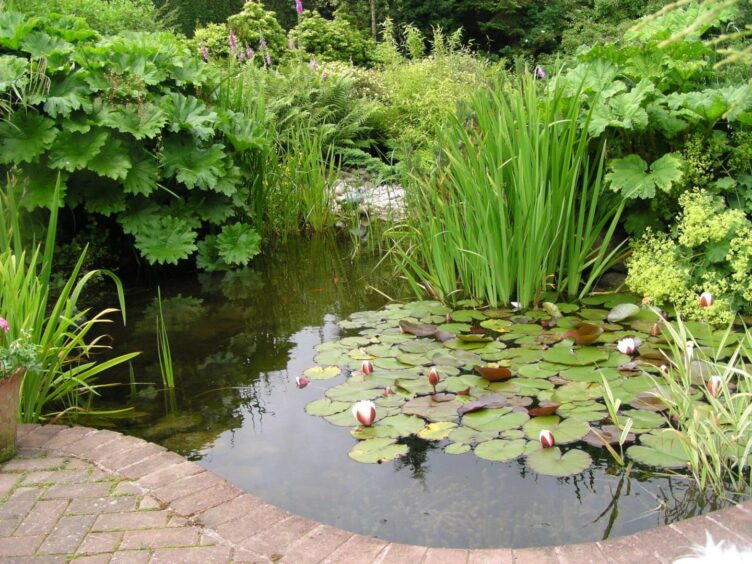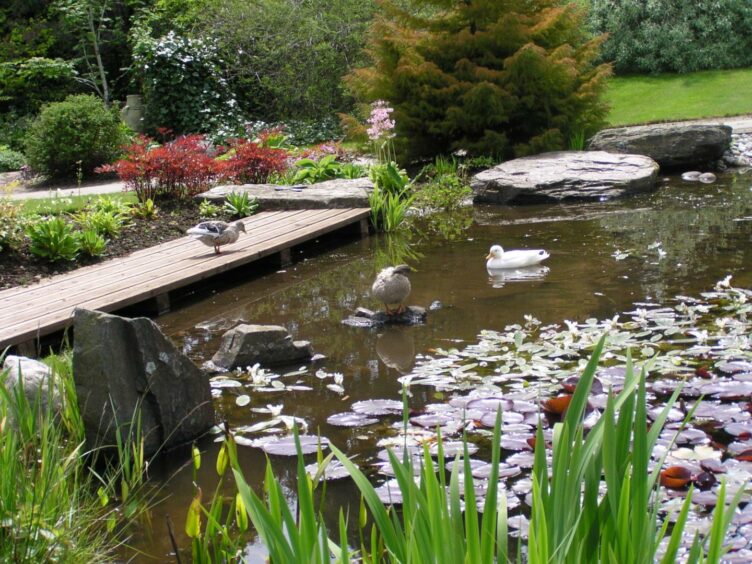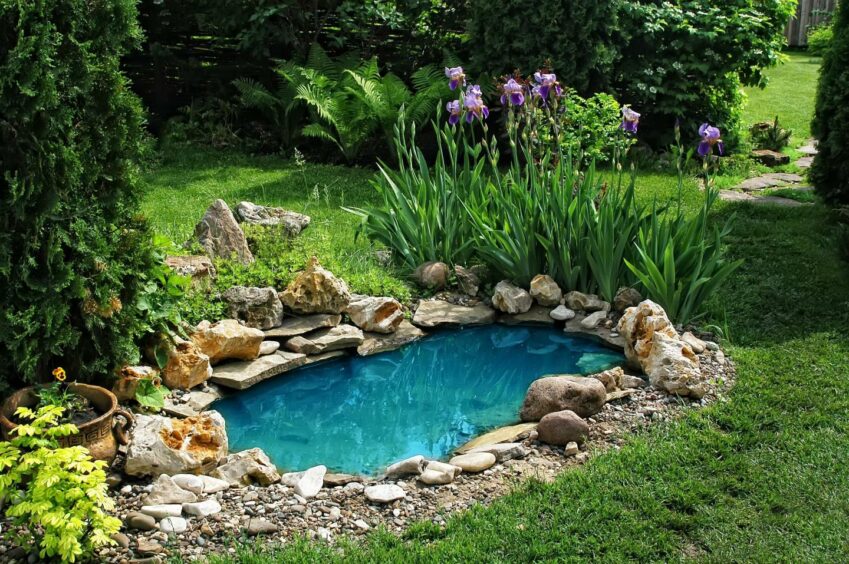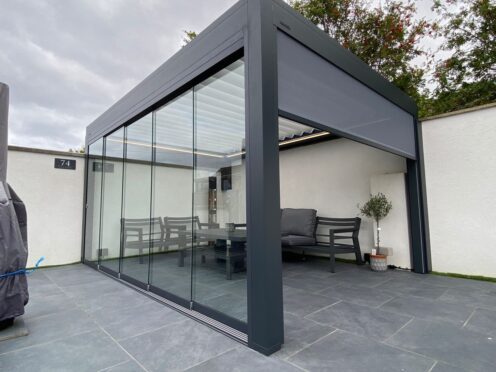One of the services to householders in these troubled times which has increased immeasurably of late has been the mail order trade.
Whilst many manufacturers have complained that the arrival of Covid has had a significant effect on their business, surely that doesn’t include cardboard suppliers.
Of course gardeners have benefitted, perhaps to the detriment of local retail businesses, but the fact is, you just have to pick up a newspaper nowadays to see amazing offers of young plants; our own P&J has featured one or two recently.
What’s the snag then? There has to be one, surely.
In the coming months, plants of all sorts will continue to be parcelled up safely and delivered within a day or two to arrive in good “nick”.
In most situations, you must realise that they will be coming straight from glasshouses and must continue to be cossetted for a time, especially summer bedding plants which will need protection until late May.
Modern packaging
Young shrubs and herbaceous perennials are also being traded in this fashion and can be acclimatised more quickly, the gardening phrase for that is self-explanatory – they need to be “hardened off” gradually, which essentially means keeping them frost-free but in good light.
The plants usually arrive in good condition because the developments in modern packaging are quite amazing and, in my view, have led to the outstanding success of “plants by post” in recent times.
Another superb development has been in the growing system, whether it be single plantlets in tiny pots or plugs of compost.
On receipt, the packages should be opened up immediately then allow the plants a wee while to breathe some fresh air and at the same time, remove any damaged foliage. They may need to be watered too.
After a couple of days, I would give the young plants a weak liquid feed to encourage the “recovery from the journey” process.
Sturdy specimens
At this stage, these young plants will probably need to be given more space; I usually plant them up in to individual pots or bigger cells.
The important thing is to keep them moving. Any that appear a bit leggy – the gardener’s term for tall and spindly – carefully nip out the growing tip.
This will encourage the development of side shoots, which will eventually make the plants fill out and make sturdy decent-sized specimens for planting out at the end of May.
Though most of the plants traded in this way are annual bedding plants, as I said earlier, different kinds of perennial plants are being traded in the mail order business and I have to say that gardens around the country look the better for this initiative.
Growers too are getting a decent kick of the ball because they may not all sell direct to the public from their doorstep.
I would go so far as to say that this whole development has been the saviour for many small specialist firms.
My only word of warning relates to the marketing ploys of some companies. Beware the touched-up colourful brochures and catalogues.
If it looks too good to be true then it probably is but, in truth, some of the photography these days is absolutely wonderful.
Look after that pond
Moving swiftly on, some P&J gardeners will be continuing the cleaning up process around the garden when the weather is amenable to working outside.
The to-do list might include cleaning out the pond. I don’t often choose to discuss garden ponds at length because I have never owned one.
Over the years however, I have had to deal with ponds of varying sizes in places where I’ve worked – Beechgrove being the most recent example.
So, in comes a query the other day. “Why are natural ponds so full of leaves yet always teeming with wildlife whilst you keep reminding us to net our ponds to keep the leaves out?”
I could be blunt and/or enigmatic or even both to deal with a bit of a sweeping statement – I don’t think that ALL natural ponds are necessarily teeming with wildlife, some of them stink, being described as stagnant, but then there will be wildlife inhabiting that situation too.
Unique ecology
In other words a natural pond will reach its own equilibrium or balance, with its own unique ecology depending on the pervading circumstances.
That’s biodiversity for you. A garden pond is meant to be a decorative feature, one of the additional attractions being the goldfish, frogs, etc, and, of course, the associated bird life.
It is not a “natural” feature and therefore, I would argue, it has to be maintained.
